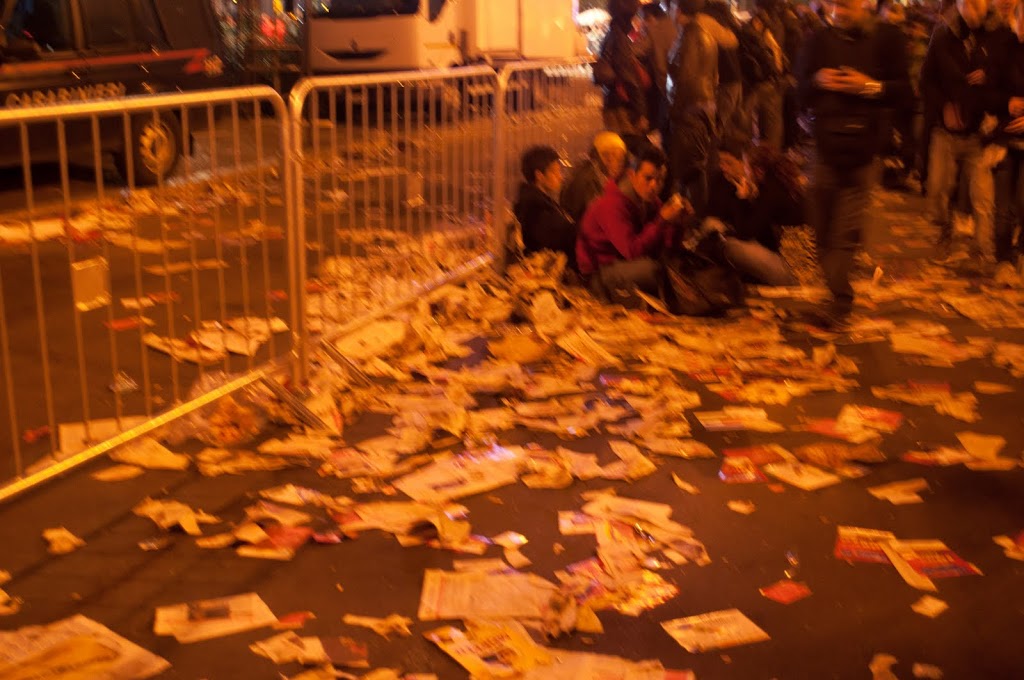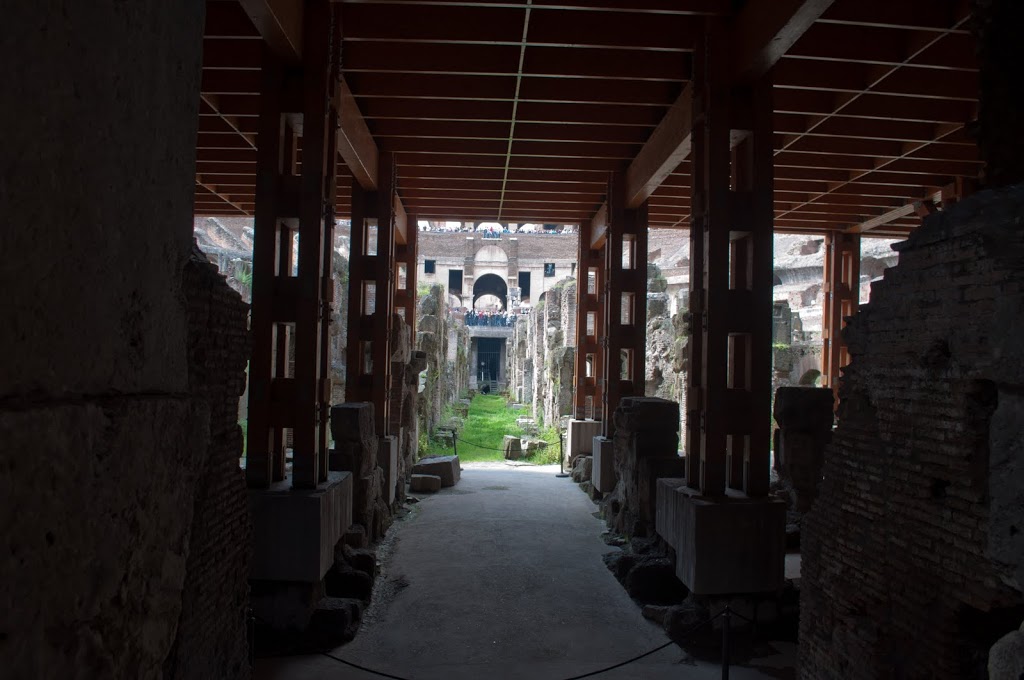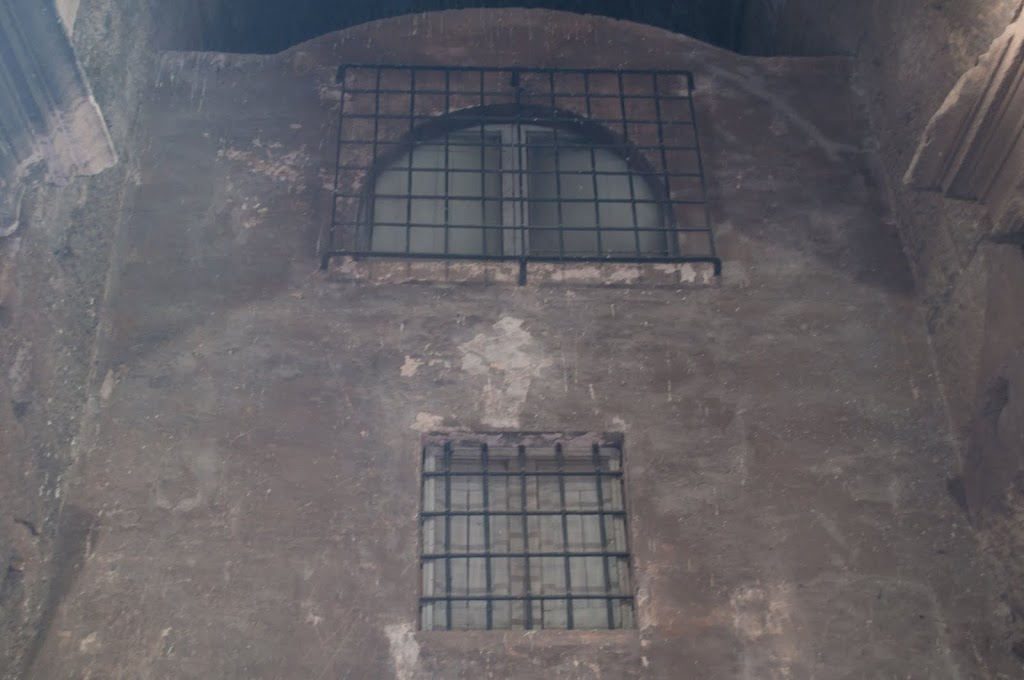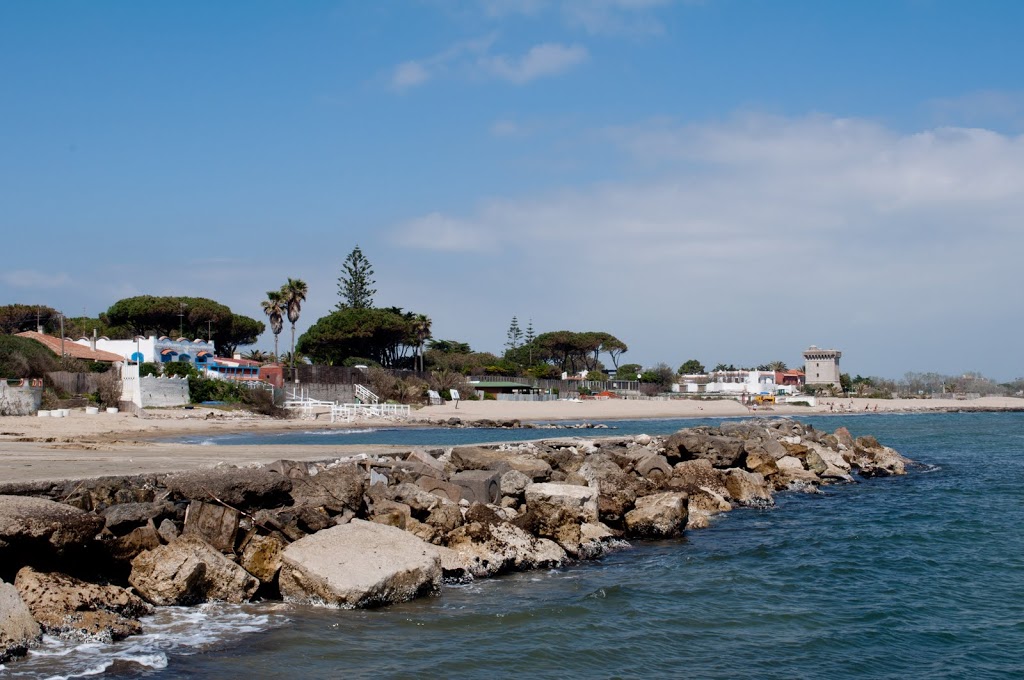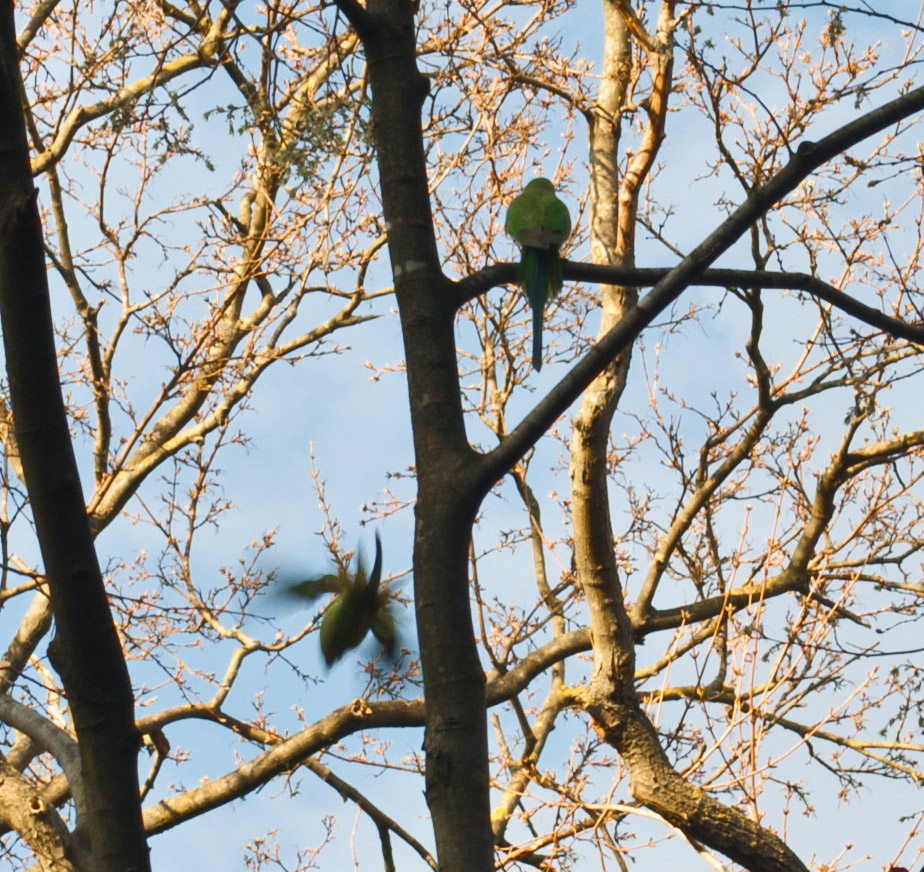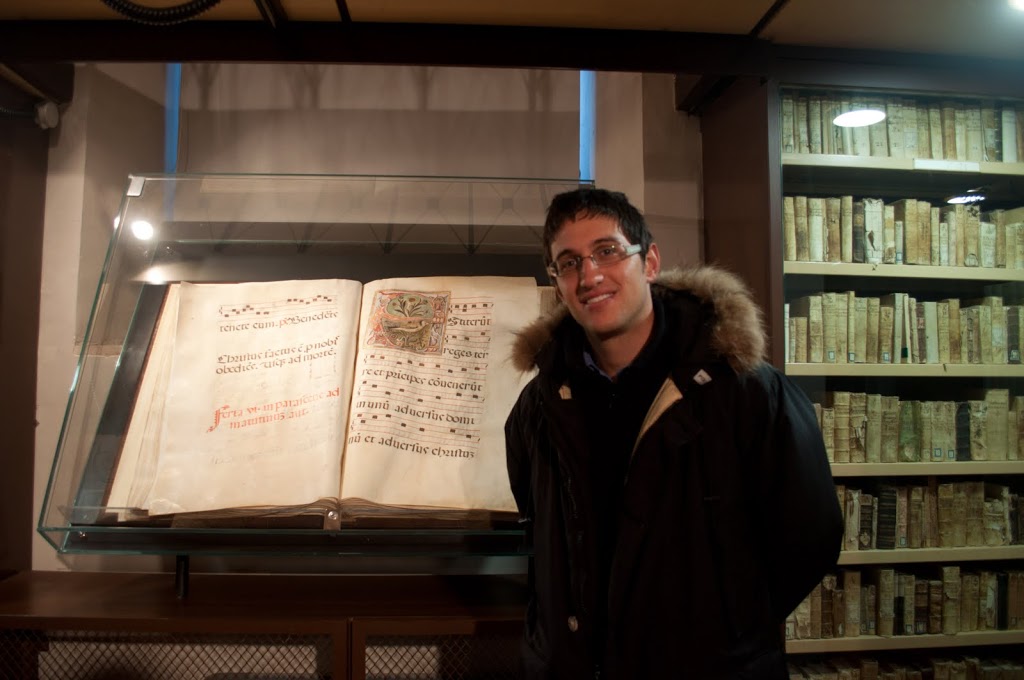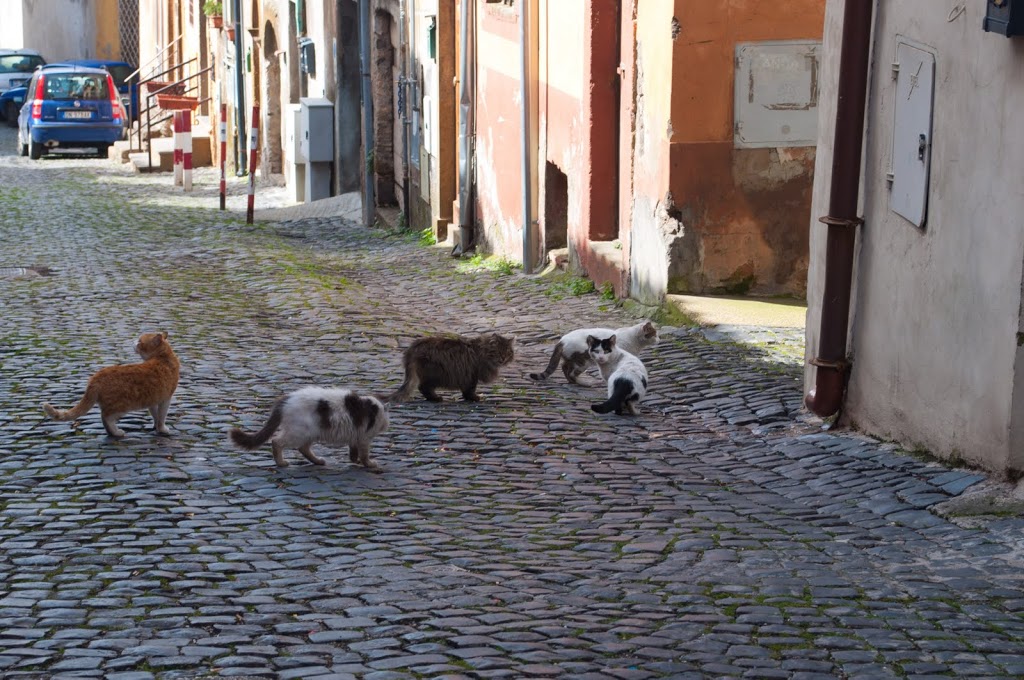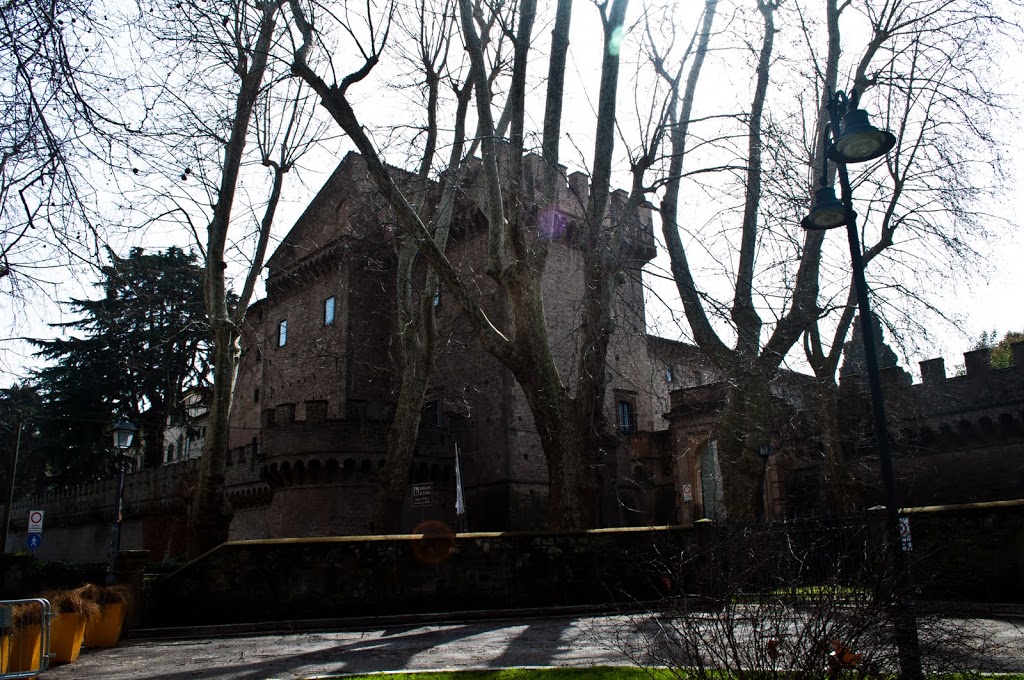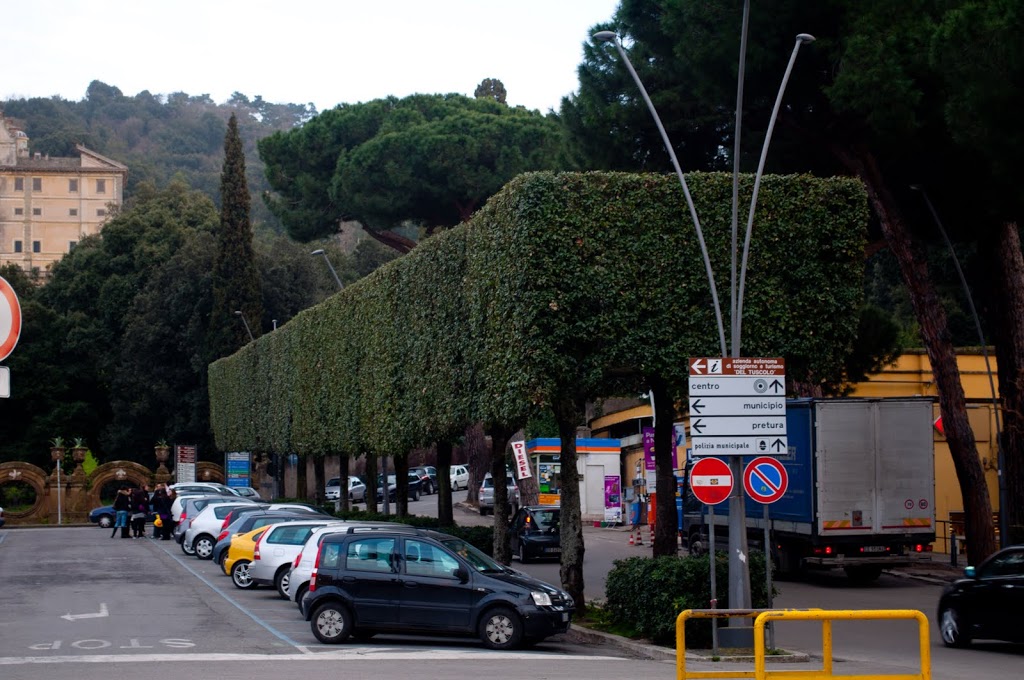I am heading back to New Jersey after 2+ months in Rome. It’s just for a short visit (I hope) and then I’ll be back here. It will be nice to see everyone back home, but I’ll miss it here. I wanted to go through a few of the things that I did but never made it into blog posts but I want to remember.
Typically I upload a blog post together with a photo album. So it’s not a coincidence that these are all things that went into my “Rome and Monterotondo” album. I’ll just walk through the whole album.
2/27/2011 We went to Villa Ada. This is another park in Rome. The palace is now used as the Egyptian embassy. This was our first first little outing.
3/3/2011 Daniele makes me some sacchettini or “little sacs” along with the rest of a complete Italian dinner, featuring homemade fresh sauce. I picked them out at the store. They are so cute!
3/6/2011 Carnevale in Monterotundo. This one does have a post.
http://blog.kait.us/test/?p=88
3/26/2011 Parco della Cervelletta. This park is near Daniele’s parents’ house. It has a castle.
3/29/2011 Walking around the center taking pictures, mostly of Tiberina Island.
4/3/2011 We planted our tomatoes. There are more random pictures of them in this album as they grow.
UPDATE: As well as in the Rome album from when I came back for the summer.
4/4/2011 Walk along Via Venito, one of Rome’s more hip streets and the setting for La Dolce Vita (recommended iconic Italian film). Followed by a walk through Villa Borghese.
4/14/2011 Daniele brought me to the important churches in Rome that I still had not seen: San Giovanni Cathedral and Santa Croce in Gerusalemme.
4/17/2011 An Amici di Roma Event. This also has it’s own post:
http://blog.kait.us/test/?p=79
4/20/2011 Walk in park and in Spaninsh Steps. Spanish Steps were decorated with flowers for Rome’s anniversary, April 21st.
4/21/2011 There are lots of whores at night on Via Salaria (the road that takes us home). I have tried lots of times to get pictures, but it is really hard in the dark with us moving in the car. Luckily there are so many. I get lots of tries.
4/24/2011 I spent Easter with Daniele’s family. We went to the beach town of Torvajanica and met some other friends. Then ate the biggest meal ever, of all time. Fun Italian Easter facts: There is no Easter Bunny, but they understand if you compare to La Befana, a witch who gives candy on the eve of the Epiphany – January 5th. They don’t have chocolate bunnies, they have chocolate eggs. The traditional treat is a giant chocolate egg with a prize inside (illegal in US). Story: http://news.nationalpost.com/2011/01/11/surprise-woman-has-illegal-chocolate-egg-confiscated-at-u-s-border/
4/27/2011 Another walk through the center. We hit up the Colosseum, Rose Gardens and a few other spots.
Ahh, Rome, so many good times. Arrivederci (Literally, “until we see each other again”)



